 您的购物车当前为空
您的购物车当前为空
Anti-HVEM Antibody-FITC (8R903)
一键复制产品信息产品编号 TMAY-00635F
别名 tumor necrosis factor receptor superfamily, member 14, TR2, LIGHTR, HVEM, HVEA, CD270, ATAR
Anti-HVEM Antibody-FITC (8R903) 是一种 FITC-conjugated Rabbit 抗体,靶向 HVEM。Anti-HVEM Antibody-FITC (8R903) 可用于 FCM。
Anti-HVEM Antibody-FITC (8R903)
Anti-HVEM Antibody-FITC (8R903)
一键复制产品信息产品编号 TMAY-00635F 别名 tumor necrosis factor receptor superfamily, member 14, TR2, LIGHTR, HVEM, HVEA, CD270, ATAR
Anti-HVEM Antibody-FITC (8R903) 是一种 FITC-conjugated Rabbit 抗体,靶向 HVEM。Anti-HVEM Antibody-FITC (8R903) 可用于 FCM。
| 规格 | 价格 | 库存 | 数量 |
|---|---|---|---|
| 25 T | ¥ 680 | 5日内发货 | |
| 100 T | ¥ 2,190 | 5日内发货 |
大包装 & 定制
加入购物车
TargetMol 的所有产品仅用作科学研究或药证申报,不能被用于人体,我们不向个人提供产品和服务。请您遵守承诺用途,不得违反法律法规规定用于任何其他用途。
联系我们获取更多批次信息
资源下载
产品介绍
生物活性
偶联与修饰
抗原信息
| 产品描述 | Anti-HVEM Antibody-FITC (8R903) is a FITC-conjugated Rabbit antibody targeting HVEM. Anti-HVEM Antibody-FITC (8R903) can be used in FCM. |
| 别名 | tumor necrosis factor receptor superfamily, member 14, TR2, LIGHTR, HVEM, HVEA, CD270, ATAR |
| Ig Type | Rabbit IgG |
| 克隆号 | 8R903 |
| 交叉反应 | Human |
| 特异性 | Human HVEM |
| 验证活性 | Flow cytometric analysis of Human HVEM(CD270) expression on human whole blood lymphocytes. Cells were stained with FITC-conjugated anti-Human HVEM(CD270). The fluorescence histograms were derived from gated events with the forward and side light-scatter characteristics of intact cells. |
| 应用 | FCM |
| 推荐剂量 | 10 μl/Test, 0.1 mg/ml |
| 抗体种类 | Monoclonal |
| 宿主来源 | Rabbit |
| 构建方式 | This antibody was obtained from a rabbit immunized with purified, recombinant Human HVEM/TNFRSF14/CD270 (rh HVEM/TNFRSF14/CD270; TMPY-01750; NP_003811.2; Met1-Val202) and conjugated with FITC under optimum conditions, the unreacted FITC was removed. |
| 纯化方式 | Protein A |
| 性状 | Liquid |
| 缓冲液 | PBS solution containing 0.5% BSA and 0.09% sodium azide |
| 研究背景 | Herpesvirus entry mediator (HVEM), also referred to as TNFRSF14, TR2 (TNF receptor-like molecule) and ATAR (another TRAF-associated receptor), is a member of type I transmembrane protein belonging to the TNF-receptor superfamily. It is expressed on many immune cells, including T and B cells, NK cells, monocytes, and neutrophils. Two TNF superfamily ligands lymphotoxin α (TNF-β) and LIGHT (TNFSF14) are identified as cellular ligands for HVEM and initiate the positive signaling. However, recent studies have revealed that HVEM is also involved in the unique inhibitory signaling pathway for T cells through activating tyrosine phosphorylation of the immunoreceptor tyrosine-based inhibitory motif (ITIM) in B and T lymphocyte attenuator (BTLA). HVEM provides a stimulatory signal following engagement with LIGHT (TNFSF14) on T cells. In contrast, it can also provide an inhibitory signal to T cells when it binds the B and T lymphocyte attenuator (BTLA), a ligand member of the Immunoglobulin (Ig) superfamily. Thus, HVEM may be viewed as a molecular switch, capable of facilitating both stimulatory and inhibitory cosignaling in T cells. Substantial evidence from both human disease and from experimental mouse models has indicated that dysregulation of the LIGHT-HVEM-BTLA cosignaling pathway can cause inflammation in the lung and in mucosal tissues.Cancer ImmunotherapyCo-inhibitory Immune Checkpoint TargetsImmune CheckpointImmune Checkpoint Detection: AntibodiesImmune Checkpoint Detection: ELISA AntibodiesImmune Checkpoint ProteinsImmune Checkpoint TargetsImmunotherapyTargeted Therapy |
| 偶联 | FITC |
| 其他可选修饰符 | Unconjugated/APC/PE |
| 可提供抗体种类 | 4 |
| 免疫原 | Recombinant Protein: Human HVEM/TNFRSF14/CD270 Protein (TMPY-01750) |
| 抗原种属 | Human |
| 研究领域 | Cancer Drug Targets |
存储&运输
| 储存方式 | Store at 2°C-8°C for 12 months, do not freeze. Keep away from direct sunlight. Sodium azide is toxic to cells and should be disposed of properly. Flush with large volumes of water during disposal. |
| 运输方式 | Shipping with blue ice. |
计算器
引用文献
评论列表
Related Tags: buy Anti-HVEM Antibody-FITC (8R903) | purchase Anti-HVEM Antibody-FITC (8R903) | Anti-HVEM Antibody-FITC (8R903) cost | order Anti-HVEM Antibody-FITC (8R903)










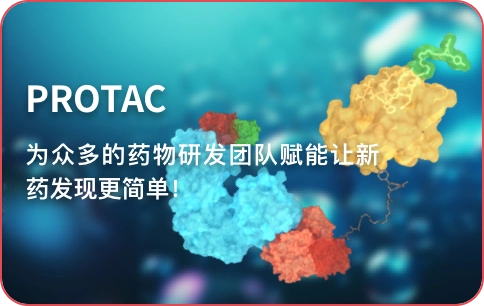







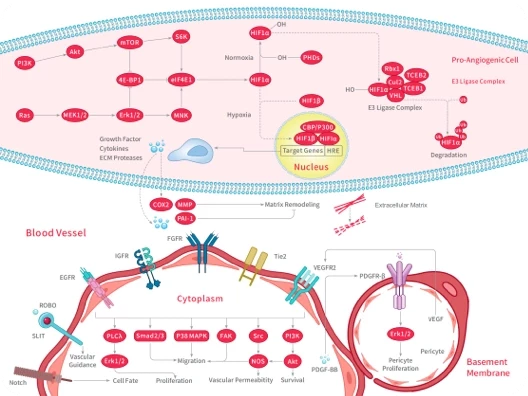
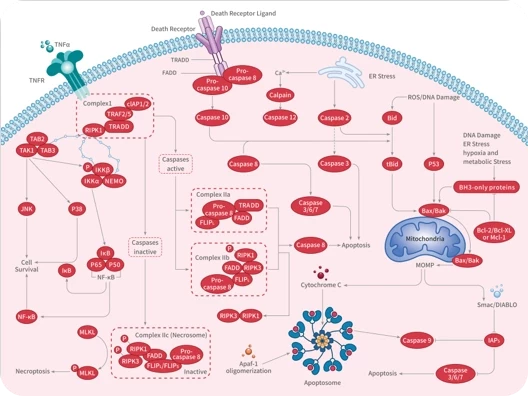
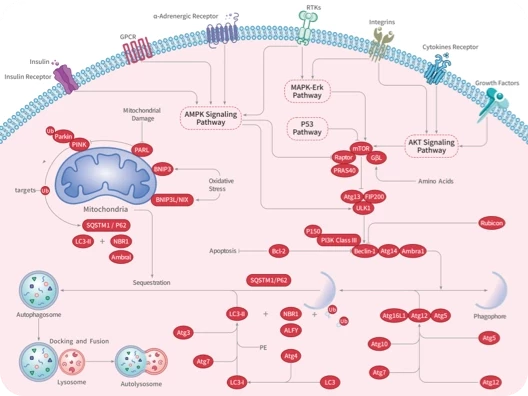

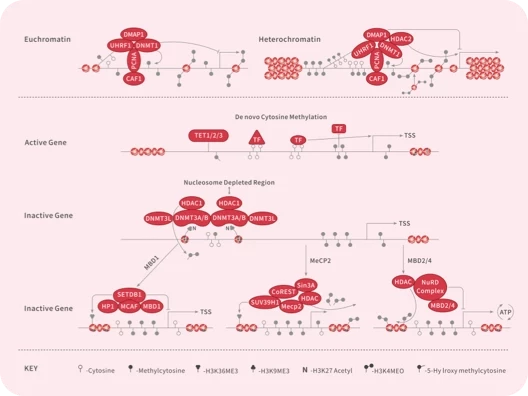
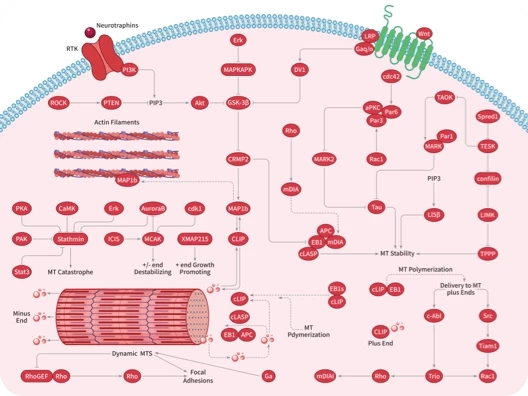
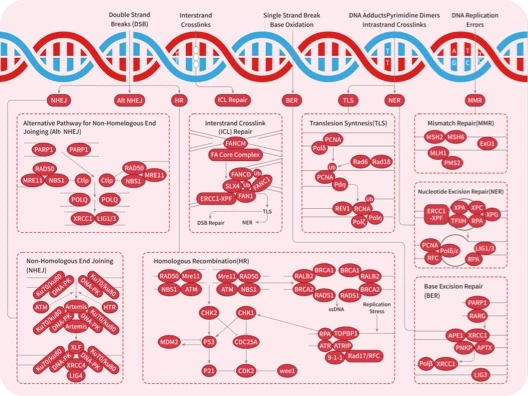
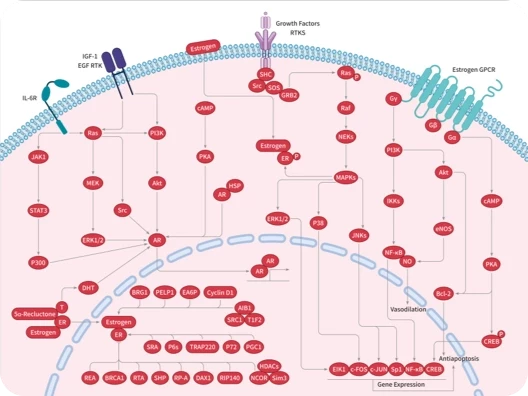
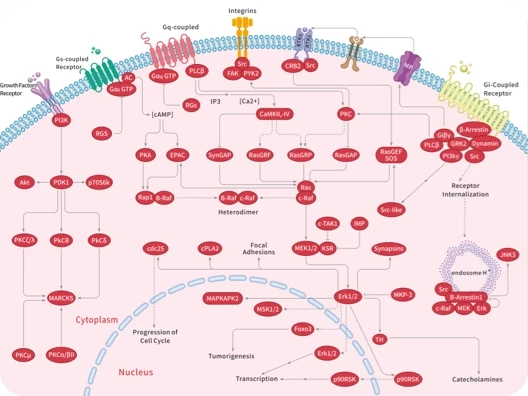
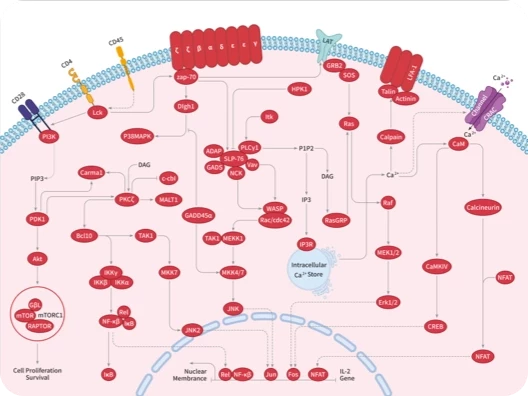
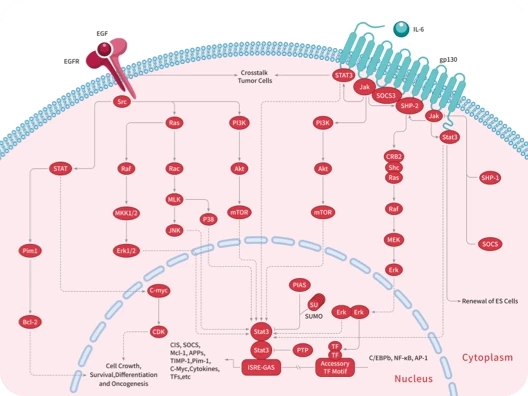
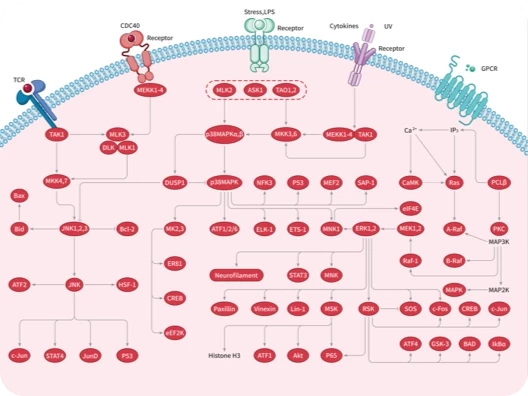
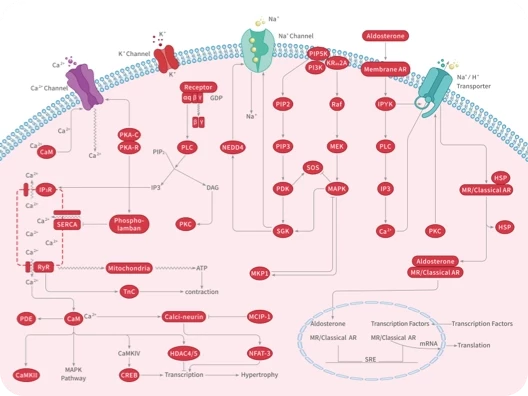
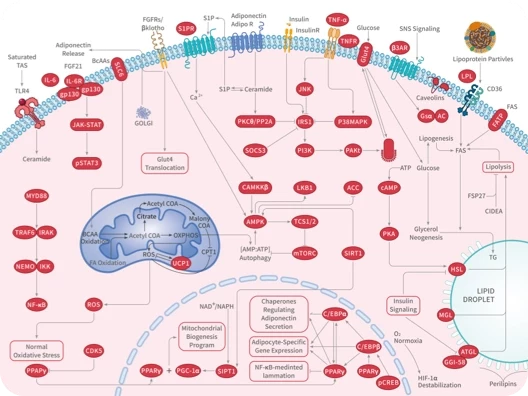
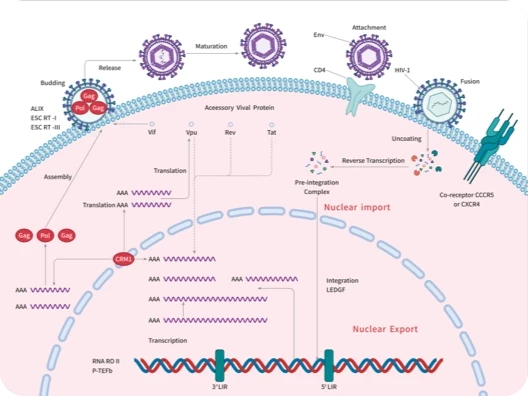


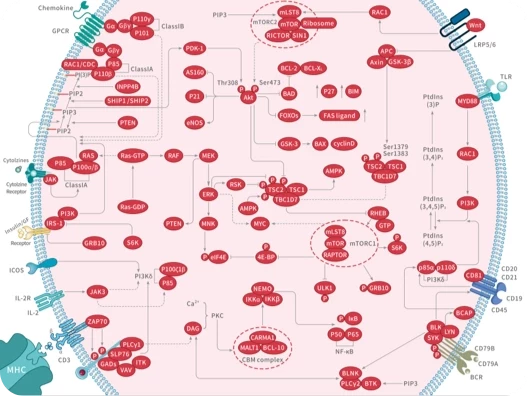
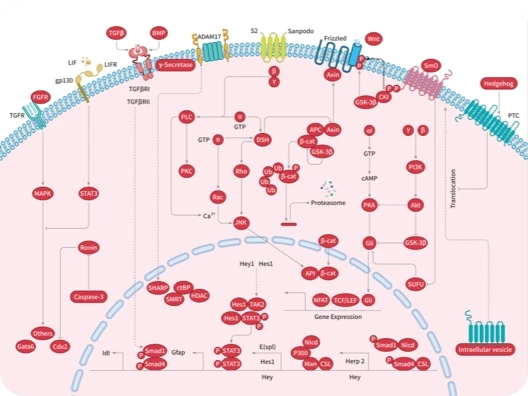

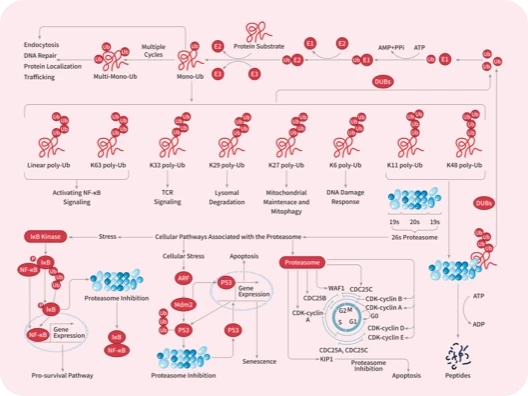


 还可以
还可以

 |
|
评论内容